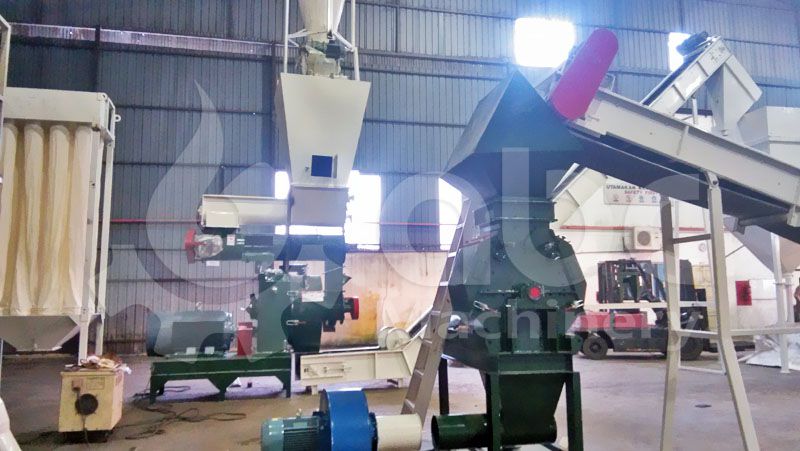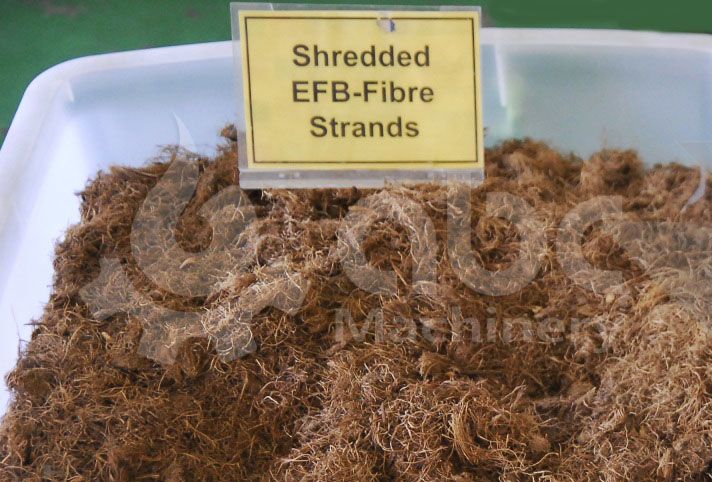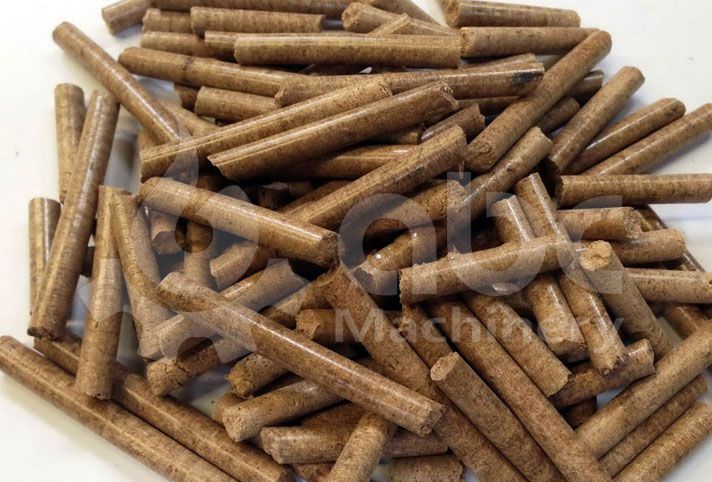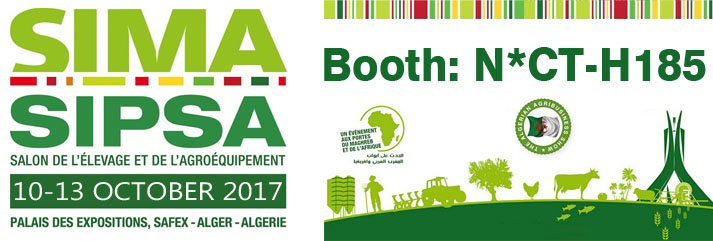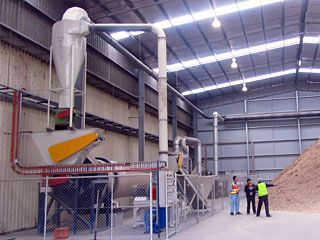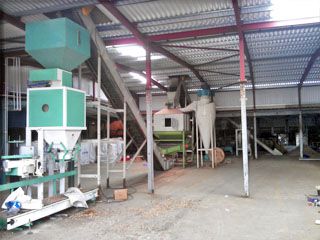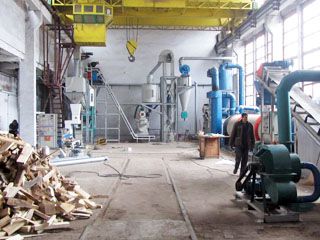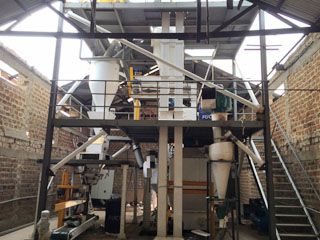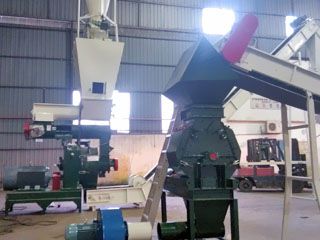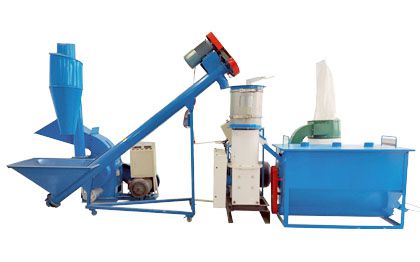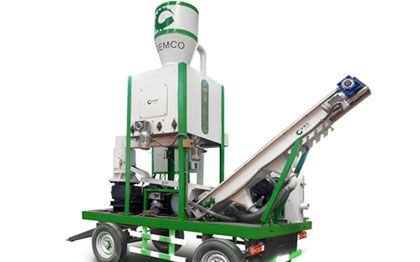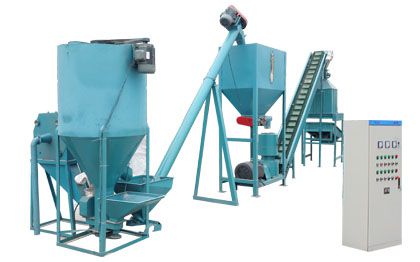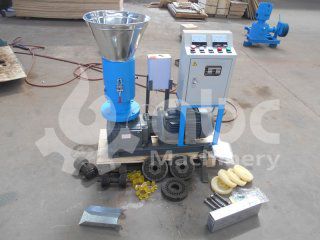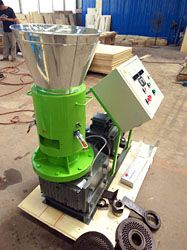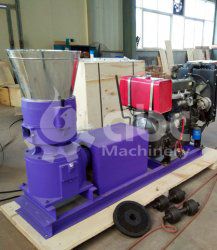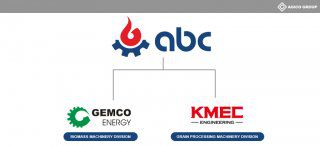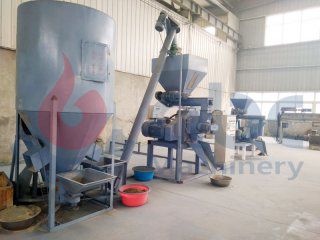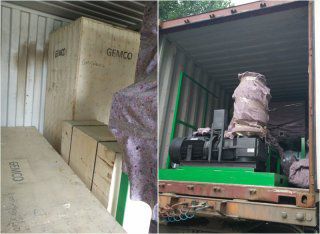Pelletizing Materials: Palm Fiber
Location: Malaysia
Production Capacity: 1500kg pellets can be manufactured per hour.
This is a simple project report about a 1.5ton per hour palm fiber pellet plant, which was designed and built for one of our customer in Malaysia. View the photos below to have a look at the project and included equipment.
Welcome contact us if you have any questions about palm fiber processing or need a customized plan for starting a business of making fuel pellets from palm oil mill residues. We will do our best to give you the detailed answer in one business day!
Market of Palm Pellets
While there are quite a number of different palm pellets on the market, the process of making them basically follows the same premise. What sets the palm pellets apart from the other types is the raw material where it was made from.

Oil Palm Empty Fruit Bunch, EFB Fiber and Palm Tree Trunk
An EFB pellet is made from empty fruit bunch from crude palm oil mill. The mesocarp pellet, on the other hand, is made directly from the short fibers of the oil palm fruit. Lastly, the trunk pellet variant is made from the trunk of the oil palm tree. Usually, the trunk of a 20-year old oil palm tree is being used to make trunk pellets. (Other biomass pellets project: 2Ton per Hour Giant King Grass Biofuel Pellet Plant in Philippine)
The EFB Fiber Pellet Plant Process
The palm pellets making process in a biomass pellet plant is very simple.

Steps of Making Pellets from Palm Fiber
Aside from meticulously following the process, manufacturers have to ensure that the product is of high-quality. Thus, the method of pelletizing them has to be carefully controlled. (Related Article: 3 Things You Should Know to Make Biomass Pellets )
Below are the five essential steps in the EFB Fiber Pelletizing process:
1. Grinding
Prior to pelletizing, the EFB fibers are shaved and shredded into workable strips, with length reaching up to 200 mm. The process of EFB pelletizing, however, requires the use of the short shredded fibers. Thus, the long fibers are then ground and shortened further down to as short as 3 mm. (Click here to see all the related Accessory Equipments in pellet plant )
2. Drying
The ground EFB fiber contains about 50 to 60% of moisture, thus, the next step is to dry them. Normally, these fibers are dried to a certain point where the moisture is kept at only 10 to 15%. This level of moisture is ideal for a high-quality pellet.
3. Pelleting
After drying, the fibers are then sent to a machine to be pelletized. The dried fibers do not require any binders during this process, hence, the resulting pellets are very dense and hard. (Related Product: Ring Die Pellet Machine for Sale)
4. Cooling
The EFB fiber pellets are transferred to the cooler. Cooling is an important step to produce a high-quality pellet, as high temperatures normally absorb more moisture.
5. Packing
Once the EFB fiber pellets are cooled, they are then sent for packing. There are different packaging options, but typically, a jumbo bag of about 800kg capacity is used for easier handling.


